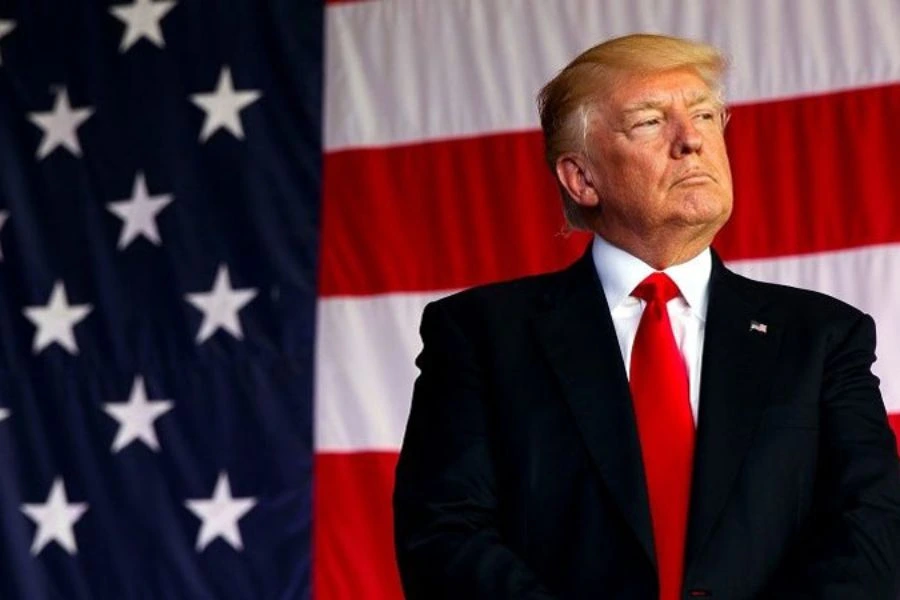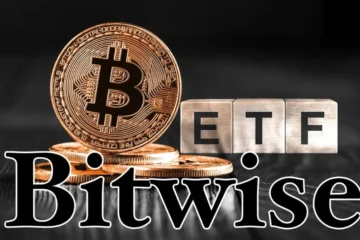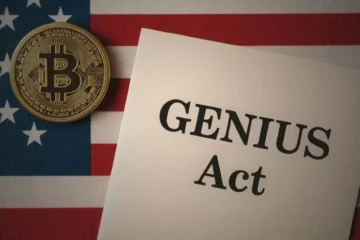In a move that has Wall Street buzzing and Reddit forums lighting up, Donald Trump has dropped a crypto-sized bombshell on America’s retirement system. On August 7, 2025, the former President signed an executive order that allows cryptocurrencies like Bitcoin and Ethereum to be added to 401(k) retirement plans. Yes, you read that right—crypto is now on the retirement menu.
Let’s break down what this means, what’s changed, and why the financial world is split between cheers and cautious side-eyes.
Table of Contents
What Does Trump’s Executive Order Say?
Trump’s executive order directs the U.S. Department of Labor (DOL) to revise its existing guidelines to explicitly permit digital assets—such as Bitcoin, Ethereum, and possibly even stablecoins—in retirement accounts like 401(k)s.
More specifically, the order:
- Overrides the Biden-era guidance discouraging plan administrators from offering crypto.
- Requires the DOL to establish new risk-disclosure rules tailored to digital assets.
- Pushes for optional crypto investment tracks rather than mandatory inclusion.
This means employers and retirement plan providers now have the legal green light to offer crypto as an asset class—without fear of regulatory backlash.
Why Crypto in 401(k)s Is a Big Policy Shift
Until now, crypto had mostly lived on the fringes of institutional finance—something for day traders, tech-savvy investors, or folks willing to YOLO a bit. Letting workers funnel part of their retirement savings into Bitcoin or Ethereum signals a seismic shift.
This isn’t just about choice; it’s about validation. Including crypto in the same sentence as “retirement savings” elevates it to a new level of financial legitimacy.
Also Read: What Is Staking in Crypto? Explained Simply
Here’s what changes:
- Access: Millions of Americans now have a new investment option within their employer-sponsored plans.
- Advisory rules: Financial advisors will likely have to start educating themselves on crypto.
- Product development: Expect a wave of crypto-focused 401(k) funds and ETFs tailored for retirement.
How This Differs From the Biden-Era Retirement Rules
Back in 2022 and 2023, the Department of Labor under President Biden issued strong warnings to retirement fiduciaries about the “extreme risk” of exposing clients to volatile crypto markets. While these weren’t outright bans, they created regulatory chilling effects.
Trump’s order sweeps that hesitation aside.
Here’s the key difference:
| Biden Era | Trump’s New Order |
| Warned fiduciaries about crypto | Encourages crypto inclusion |
| Emphasized high volatility risks | Focuses on financial freedom and choice |
| Discouraged plan providers | Mandates guideline updates for inclusion |
This is less a policy tweak and more a philosophical U-turn.
Supporters vs. Skeptics: The Debate Over Crypto in Retirement Accounts
As you’d expect, reactions are polarized.
Supporters say:
- It expands financial freedom and personal choice.
- Crypto offers potential high returns and diversification.
- Younger investors want more modern, tech-forward portfolios.
Skeptics argue:
- Crypto’s volatility could devastate long-term savings.
- Many coins lack fundamental value or transparency.
- Most Americans aren’t equipped to evaluate crypto risk responsibly.
In short, it’s a classic debate between innovation and caution.
Which Cryptocurrencies Could Be Included?
The order doesn’t name specific coins, but here’s what’s likely:
- Bitcoin (BTC): The OG and most widely held.
- Ethereum (ETH): Popular due to smart contracts and DeFi applications.
- Stablecoins (e.g., USDC): May be allowed in low-risk or hedging strategies.
- Select Altcoins: Possibly Solana, Chainlink, or others—depending on their regulatory status and risk profile.
Also Read: Crypto Exchange CoinDCX Suffers $44 Million Hack — Is Your Crypto Safe?
However, meme coins like Dogecoin or low-cap tokens probably won’t cut it.
Providers will need to vet cryptocurrencies for:
- Liquidity
- Market capitalization
- Regulatory clarity
- Security protocols
What This Means for Everyday American Investors
For the average worker contributing to a 401(k), this could be a game-changer—or a cautionary tale.
On the plus side:
- More options for portfolio diversification.
- Chance to capitalize on high-growth assets.
- Greater alignment with modern investing trends.
On the flip side:
- Risk of major losses if crypto crashes.
- More responsibility on individuals to understand complex assets.
- Pressure on employers and plan administrators to offer smart options without misleading investors.
Whether this move benefits Main Street or just adds complexity depends on execution and investor education.
The Bigger Picture: Is Crypto Becoming a Mainstream Asset Class?
Make no mistake—this executive order isn’t just about 401(k)s. It’s another domino in a broader trend: crypto’s slow but steady march into mainstream finance.
From spot Bitcoin ETFs to institutional adoption and now retirement inclusion, crypto is no longer the outsider. Trump’s latest move cements it further into the U.S. financial system—whether you love or loathe the idea.
It raises the question: if crypto is safe enough for your retirement, is it finally time to stop calling it “fringe”?




